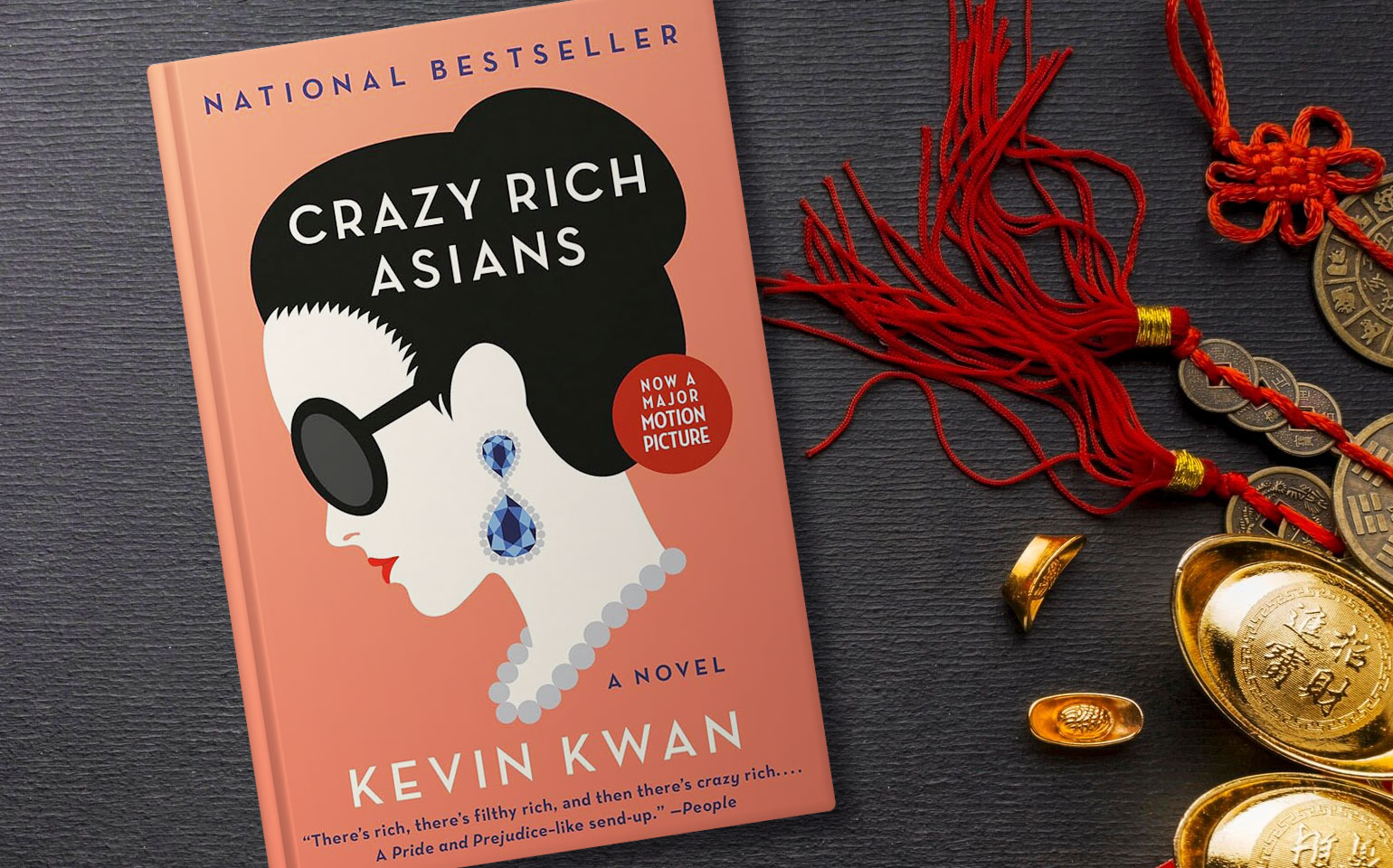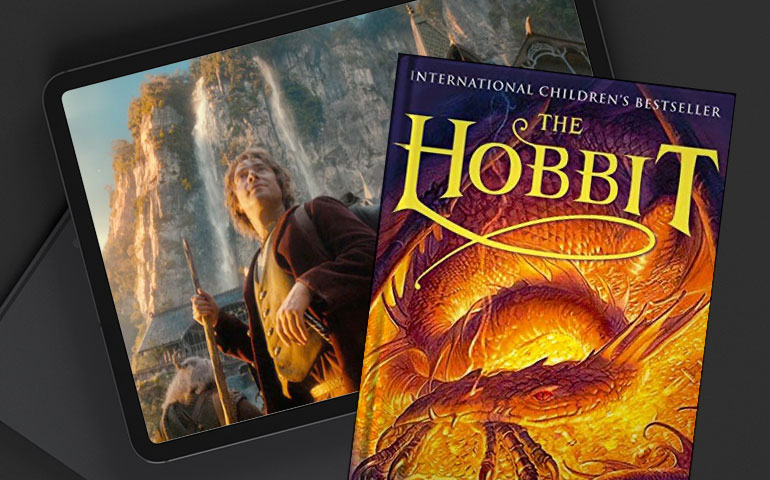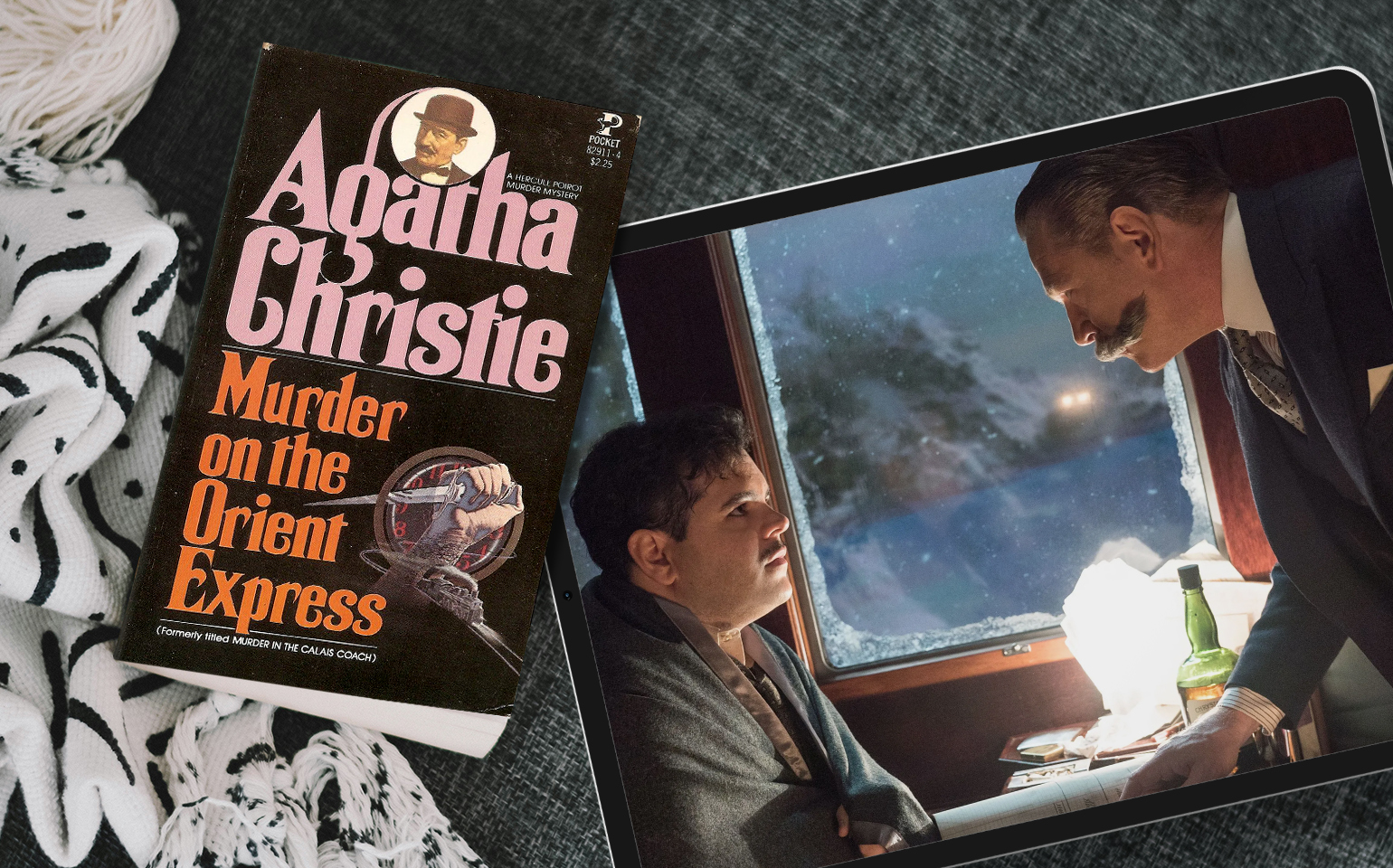
The Banshees of Inisherin and a Clash of Two Tiny Worlds
The Banshees of Inisherin is a 2022 film starring Colin Farrell and Brendan Gleeson. It is written and directed by Martin McDonagh of In Bruges and Three Billboards Outside Ebbing, Missouri fame. Watching McDonagh’s films often feels like watching a snowball roll down a hill. They often start off tight and compact before they spiral out of control with increasingly severe consequences. The Banshees of Inisherin follows this simple yet satisfying formula better than any other film I’ve seen.
The setting of The Banshees of Inisherin immediately establishes a sort of tininess. It draws the audience into what seems like a very little world. This feeling of smallness is necessary in making what begins as a small-scale conflict feel meaningful. The conflict revolves around a fall-out between two life-long friends, Colm (played by Gleeson) and Pádraic (played by Farell). Colm suddenly cuts ties with Pádraic purely because he finds Pádraic “dull.” From this point onwards, the audience watches these two men’s drastically different approaches to life unravel. Colm is desperate to make something out of his life and create something that he will be remembered by. On the other hand, Pádraic is content to just be. He feels as though simple kindnesses are enough to grant a life meaning. However, it’s not just the nature of these philosophies that make them interesting, but rather the way they clash.
There’s something about The Banshees of Inisherin that feels a little sweet at first. Maybe it’s the uncomplicated dialogue and the earnest characters, as well as the acting, that wrenches upon a certain sense of nostalgia. It harkens back to a wistful sensation of simpler times.
This is the beginning of the snowball that I mentioned earlier. A low-stakes setting is established, lulling the audience into a sense of calm. The film makes use of this tone, this sort of sad-but-not-altogether-unbearable sensation. It almost reminds the audience of a soothing presence in a time of need. It works for a while. However, a conflict as simple as this is difficult to stretch into a full feature-length film, and, naturally, things start picking up speed very quickly.
The stakes are drastically raised as soon as Colm threatens to cut off his fingers whenever Pádraic attempts to talk with him. This is an excellent method of developing an instantly relatable situation into one with dramatically wilder consequences than the audience would have initially expected. It merges this sort of everyday argument into a profoundly strange situation that people can still connect with on some level. The Banshees of Inisherin perfectly straddles this line. A line in which every event in the film feels absurd, but the audience can still easily observe how it got to whatever point they may find themselves at. This escalating conflict is somehow both cartoonish and realistic, and perfectly conveys one of the messages of the film.
As the conflict progresses and every retaliation and inevitable consequence becomes more outlandish than the last, something becomes apparent. More than anything, Colm’s and Pádraic’s stubbornness is what most often gets in the way of their desires, not each other. Unfortunately, this sort of “by any means necessary” attitude is the direct contributor to most of the characters’ woes. For example, it costs Colm a handful of fingers. This renders it significantly harder to play the instrument he intended to use to create something he would be remembered for. Strangely enough, it also costs Pádraic the simple kindness that he used to pride himself on. About halfway through the film, Pádraic tricks one of Colm’s newly arrived friends, a fiddler, into returning home by telling the fiddler that his father has just been hit by a bread van. Naturally, this greatly upsets the fiddler who heads back to the mainland to be with his father. Ironically, the increasingly ludicrous efforts these two friends use to get their way seems to directly prevent them from achieving what they actually want.
Above all else, The Banshees of Inisherin serves as a cautionary tale. It depicts two individuals with their heels so dug in that they can’t see that they’re only hurting themselves and the people around them.
The film ends on a very sombre note. Colm and Pádraic essentially acknowledge that the acts they’ve committed throughout the film have effectively and permanently ruined their relationship. In fact, to some degree, they may have ruined their lives as well. Perhaps most tragic of all is that the audience can watch the men’s decisions in real-time. The audience can even pinpoint the exact moments where Colm and Pádraic make the situation exponentially worse for everyone. Even further, it’s implied that this isn’t the end of their quarrel, and the men will continue to wreak havoc on the isle of Inisherin and themselves.
The Banshees of Inisherin appears to be a simple story on the surface. However, it constantly builds upon itself, creating a delicious multi-layer cake of a film. Because of this, there is no doubt in my mind that it has cemented itself as a classic for years to come.



